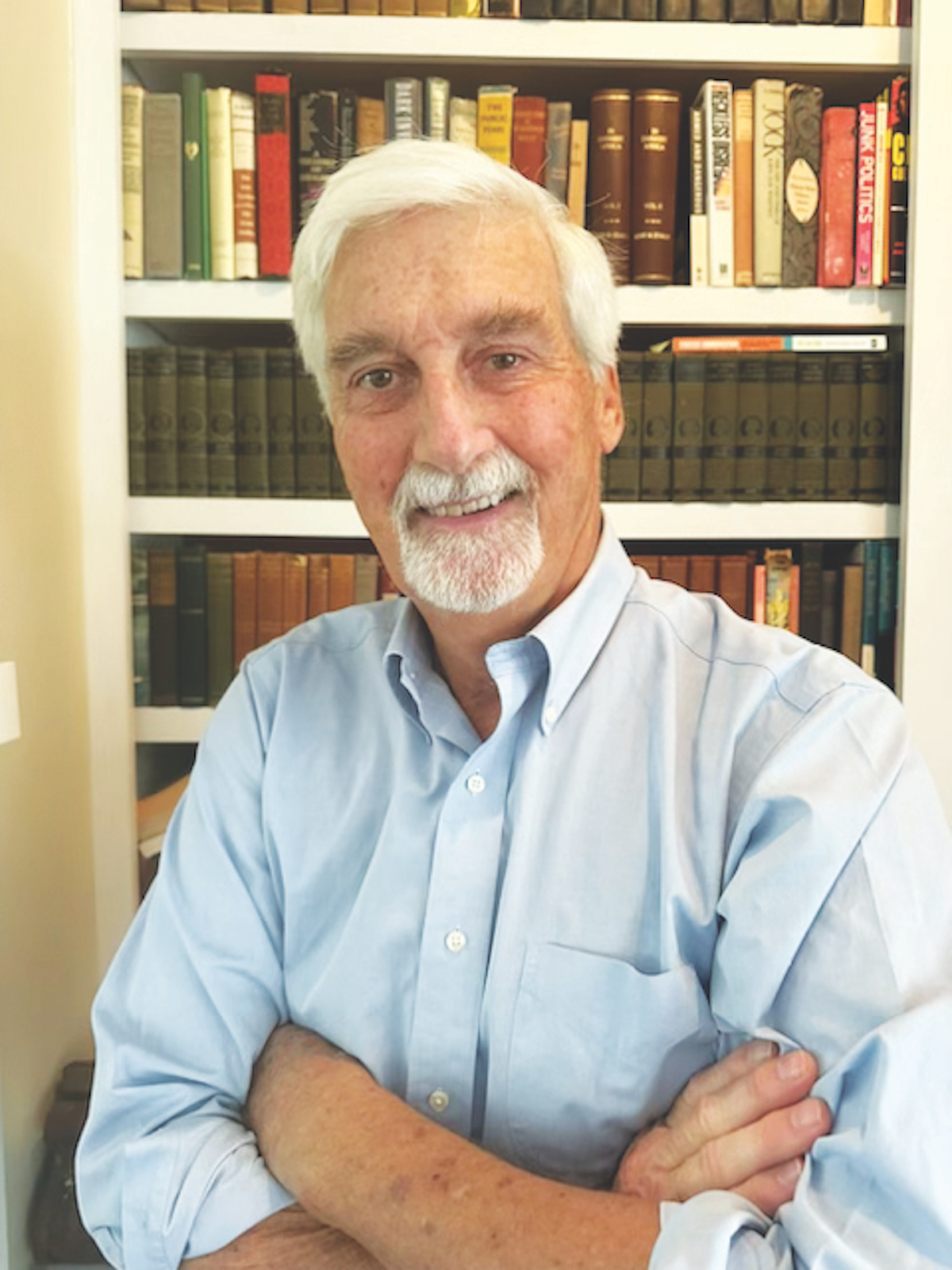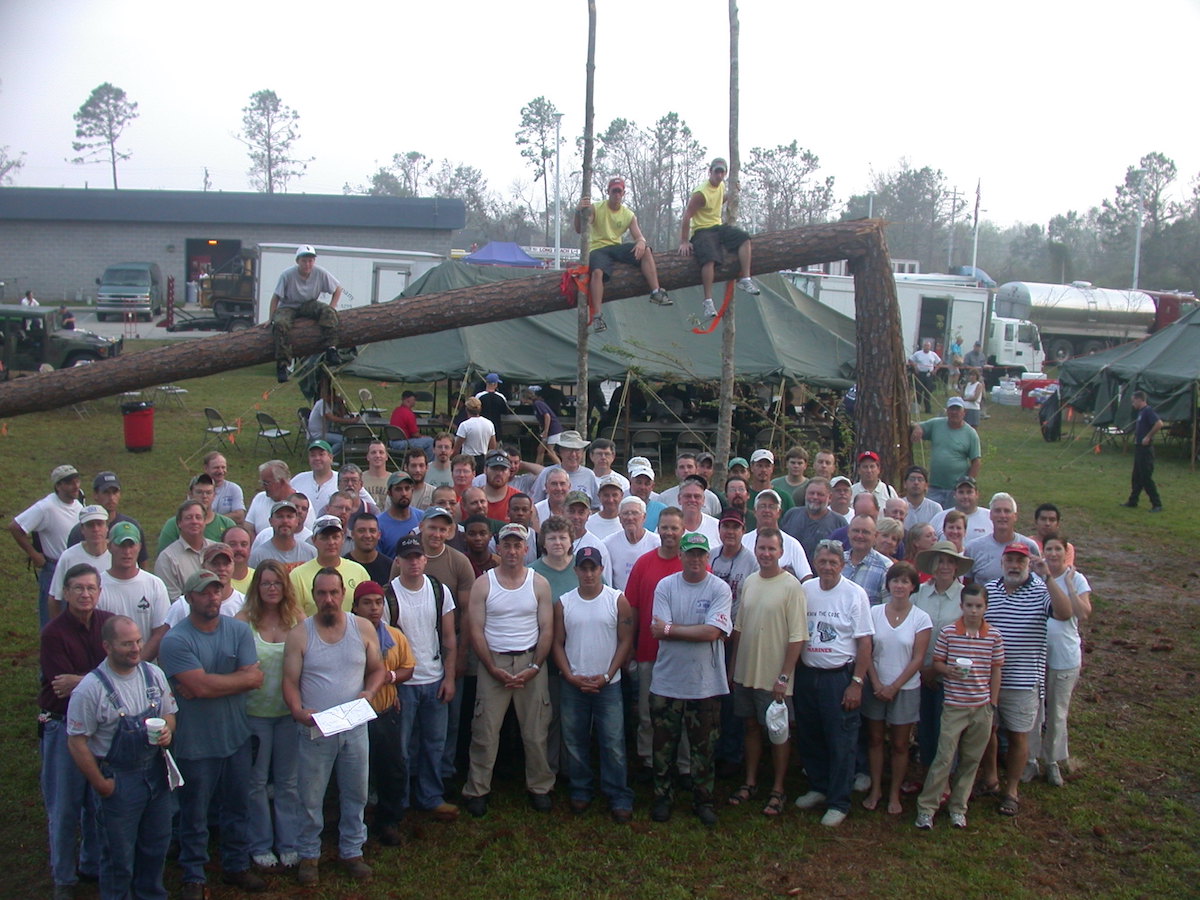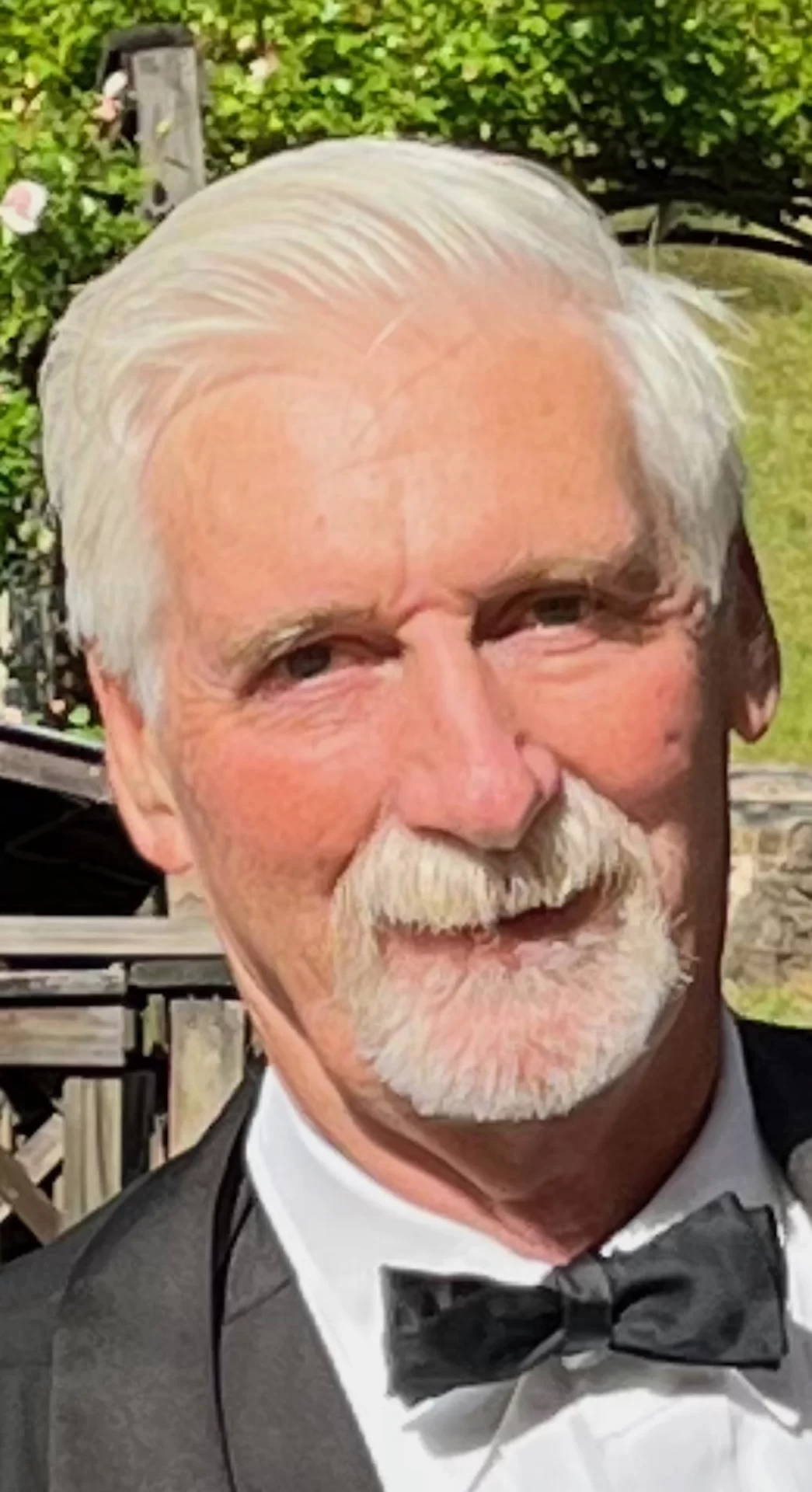By Bill Rauch
Mea culpa.
Robert Smalls was definitely not born in the rear cottage at 511 Prince Street that is for sale today as a part of the historic Robert Smalls House property. He couldn’t have been because the cottage that is there now was built in 2010.
The property gets its name because Beaufort-born Robert Smalls, the Civil War hero and U.S.Congressman, bought 511 Prince Street for $605.00 on January 18, 1864 at the U.S.Government’s “Foreclosed Town Lots” sale, and lived there until his death in 1915.
But where was Smalls born?
“That isn’t known exactly,” says Michael Boulware Moore, CEO of the in development International African American Museum on Charleston’s Gadsden’s Wharf, and a great-great grandson of Robert Smalls. “What we know is that Robert Smalls’ mother, Lydia, who was a domestic in the household of Henry McKee who owned the 511 Prince Street property at the time, most likely gave birth to Robert Smalls on April 5, 1839 in one of the cabins or shacks where the enslaved people lived on the property behind the main house where the McKees lived.”
The cottage that exists today was built, according to archeological findings, on the foundation of a previous building, probably the kitchen house.
“There is a legend in our family,” Mr. Moore went on to explain, “that there was an execution at the Armory on April 5, 1839, and all the town went down to Craven Street to see it. It was during that event that Robert Smalls was born. So it is reasonable to presume that Lydia gave birth to Robert Smalls alone and in her quarters.”
There were not typically sleeping quarters in detached kitchens at the time because kitchens were detached so that if they burned which they did occasionally, only the kitchen building would be lost.
So where would Lydia’s quarters have been?
“Probably back in the portion of the property today that is in the trees between the Main House and the house at 508 Duke Street,” Mr. Moore added.
Interestingly there is an undated postcard photo of Robert Smalls standing on the front porch of the Main House at 511 Prince Street, and in the background of that photo where the trees are today is the roofline of a cottage with a gable roof that appears to be shedded out over another room, perhaps a porch. Only the roofline is visible in the photo. But it bears a striking similarity to the roofline of the house that stands now at 712 East Street.
An Historic Beaufort Foundation plaque on 712 East Street’s front porch says that that building was built in 1840, but an 1864 photo of the corner of Duke and East Streets where the building now stands shows a vacant lot at that corner at that time. Andrew Billingsley in his biography of Robert Smalls,Yearning to Breathe Free (2007), wrote that Smalls owned the building at 712 East Street. Indeed, according to Billingsley, it was one of a handful of houses in the neighborhood Smalls acquired during his long life and used for various purposes.
712 East Street’s current owner, Louise Biedermann, says the floor joists in the oldest part of the building have been cut, indicating that the present-day building was once much more modest and that the oldest parts of the building may have been moved before the building was expanded. She believes her house is the one in the picture, and that it was moved during the time Robert Smalls owned it the hundred fifty or so feet from what is now the wooded area to its present location at the corner of Duke and East Streets.
Her case is a compelling one.
But even so there’s no evidence at this time that if what is now 712 East Street is an expanded version of the building in the photograph, that that was the building in which Robert Smalls was born. Henry McKee, Robert Smalls’ owner when he was born, was a cotton planter with a substantial plantation on Lady’s Island called Ashdale, from which the present Lady’s Island subdivision that stands on the land once occupied by the plantation gets its name. Planters houses in towns, whether they be in Beaufort or Charleston or elsewhere, often included a number of outbuildings including stables, a kitchen, a shop where repairs were made, and slave quarters.
Until more archeological exploration is done at the 511 Prince Street property, the mystery will probably persist, and how much excavation is allowed there, and where, will depend upon many things, including significantly the wishes of the property’s next owner.
Bill Rauch was the mayor of Beaufort from 1999-2008. Email Bill at TheRauchReport@gmail.com.




